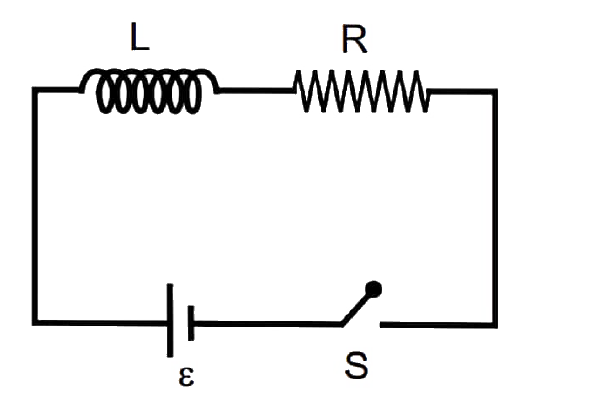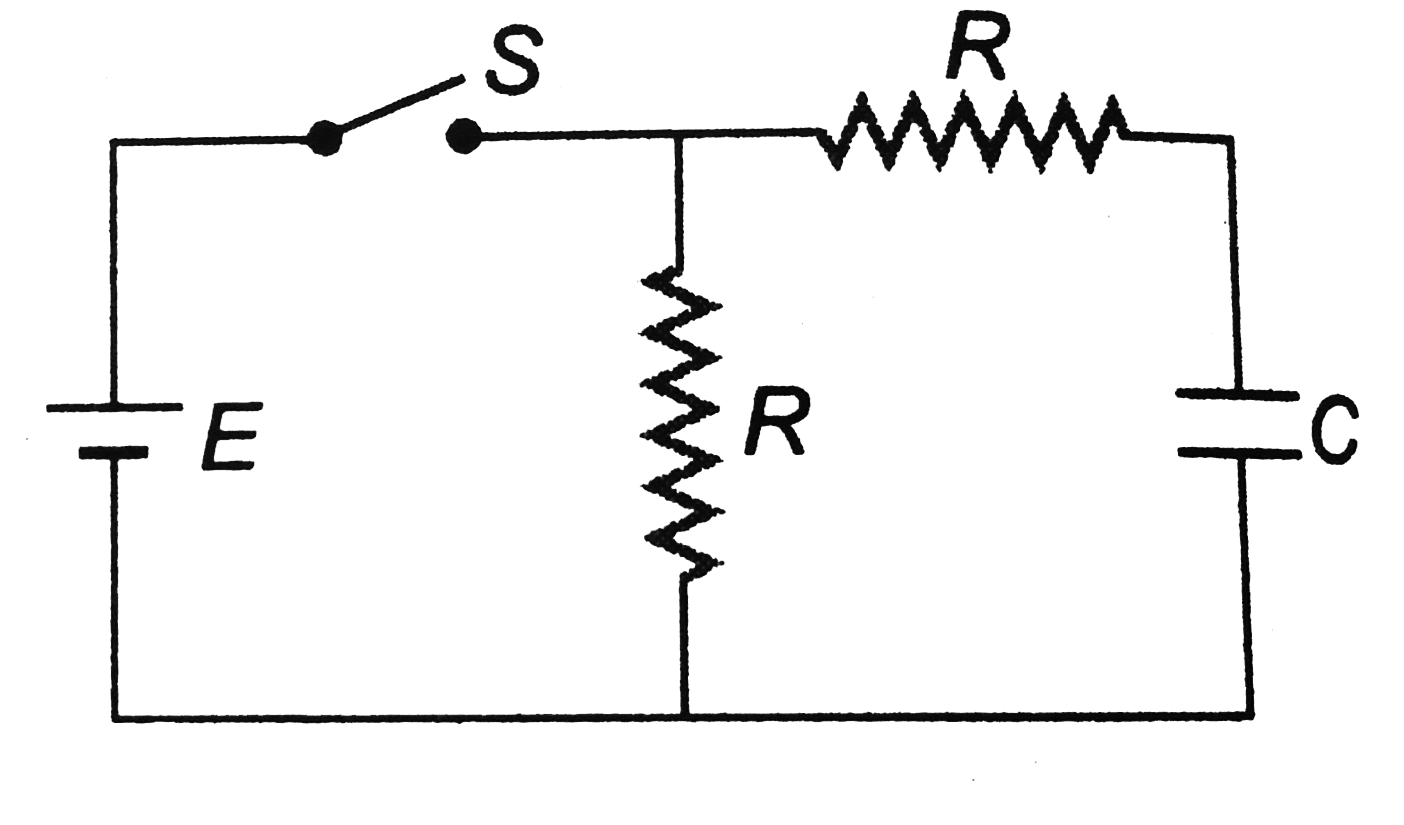What is the significance of time constant of R-L circuit ?
To understand the significance of the time constant in an R-L (Resistor-Inductor) circuit, we can break down the explanation into several steps:
1. Definition of Time Constant:
The time constant (τ) in an R-L circuit is defined as the time taken for the current to reach approximately 63.2% of its maximum value after a switch is closed or to decay to about 36.8% of its initial value after the switch is opened.
2. Formula for Time Constant:
The time constant for an R-L circuit is given by the formula:
τ=LR
where L is the inductance in henries (H) and R is the resistance in ohms (Ω).
3. Significance of Time Constant:
The time constant indicates how quickly the current in the circuit rises or falls:
- A low time constant (small L or small R) means that the current will rise to its maximum value or decay to zero quickly.
- A high time constant (large L or large R) indicates that the current will rise or decay slowly.
4. Physical Interpretation:
The time constant reflects the balance between the resistance and inductance in the circuit. A higher inductance or resistance will result in a slower response time, meaning that the circuit takes longer to reach its steady state.
5. Practical Implications:
In practical applications, understanding the time constant helps in designing circuits for specific response times. For example, in filtering applications, a larger time constant can be used to smooth out fluctuations, while a smaller time constant can be used for faster response times.
Summary:
The time constant in an R-L circuit is significant because it determines how quickly the current can change in response to voltage changes. It is a crucial parameter for understanding the dynamic behavior of the circuit.
The time constant (τ) in an R-L circuit is defined as the time taken for the current to reach approximately 63.2% of its maximum value after a switch is closed or to decay to about 36.8% of its initial value after the switch is opened.
The time constant for an R-L circuit is given by the formula:
τ=LR
where L is the inductance in henries (H) and R is the resistance in ohms (Ω).
The time constant indicates how quickly the current in the circuit rises or falls:
- A low time constant (small L or small R) means that the current will rise to its maximum value or decay to zero quickly.
- A high time constant (large L or large R) indicates that the current will rise or decay slowly.
The time constant reflects the balance between the resistance and inductance in the circuit. A higher inductance or resistance will result in a slower response time, meaning that the circuit takes longer to reach its steady state.
In practical applications, understanding the time constant helps in designing circuits for specific response times. For example, in filtering applications, a larger time constant can be used to smooth out fluctuations, while a smaller time constant can be used for faster response times.
The time constant in an R-L circuit is significant because it determines how quickly the current can change in response to voltage changes. It is a crucial parameter for understanding the dynamic behavior of the circuit.
Topper's Solved these Questions
- BOOK - AAKASH SERIESCHAPTER - ALTERNATING CURRENTEXERCISE - Problems (Level - I)16videos
ALTERNATING CURRENT
- BOOK - AAKASH SERIESCHAPTER - ALTERNATING CURRENTEXERCISE - Problem (Level - II)9videos
ALTERNATING CURRENT
- BOOK - AAKASH SERIESCHAPTER - ALTERNATING CURRENTEXERCISE - Exercies (Short Answer Questions)4videos
ALTERNATING CURRENT
- BOOK - AAKASH SERIESCHAPTER - APPENDICES ( REVISION EXERCISE )EXERCISE - REVISION EXERCISE (MAGNETISM AND MATTER )52videos
APPENDICES ( REVISION EXERCISE )
Similar Questions
The time constant of C-R circuit is
View SolutionTime constant of LR circuit will be
 View Solution
View SolutionIn the circuit shown in figure switch S is closed at time t=0, which statement is true after one time constant of L-R circuit?
 View Solution
View SolutionThe time constant of L-R circuit is doubled if
View SolutionWhat is the significance of Hanry's law constant KH ?
View SolutionWhat is the significance of the Electronics Industry in recent times ?
View SolutionThe value of time constant for the given circuit is
 View Solution
View SolutionThe figure below shows a battery of emf ε connected to an inductor L and resistance R in series. If the switch is closed at t=0, then the total charge that flows from the battery in time constant of the circuit is
 View Solution
View SolutionA capacitor C is connected to two equal resistances as shown in the figure. Consider the following statemets

i. At the time of charging of capacitor time constant of the circuit is CR
ii. At the time of discharging of the capacitor the time constant of the circuit is CR
iii. At the time of discharging of the capacitor the time constant of the circuit is 2CR
iv At the time of charging of the capacitor the time constant of the circuit is 2CRView SolutionA charged capacitor is discharged through a resistance. The time constant of the circuit is η. Then the value of time constant for the power dissipated through the resistance will be
View Solution
